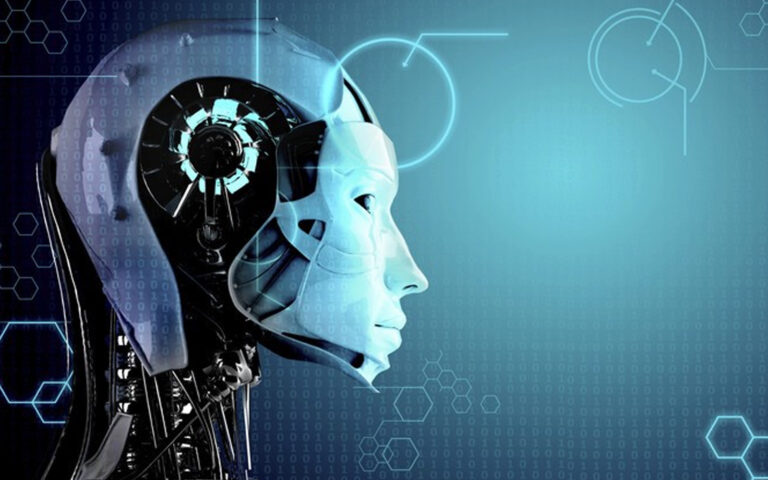The Future of Robotic Process Automation
The Future of Robotic Process Automation
The technology is evolving rapidly in almost all sectors, with every passing second. New and emerging technology, such as Robotic Process Automation (RPA) has managed to gain increasing attention in the corporate world over the last few years. Basically, RPA is the use of software ‘robots’ to automate monotonous, labor-intensive and rule-based tasks. Many organizations are implementing RPA to automate existing business process such as formatting, data assembling, data transfer and lots more.
Being a game-changing technology, RPA allows businesses to adopt more creative and innovative approaches to their daily operations. Well, the scope of RPA in the near future is very high. For the sake of understanding, we have jotted down few predictions of RPA in the near-future and long-term future.
Wider implementation in the years to come
Most of the companies are implementing RPA, and in 2019, the impact of RPA will become even wider. In the near future, there will be sharp rise in adoption and execution of RPA across more processes than it is today. To be more specific, RPA will be extensively used in domains and industries like Manufacturing, Retail, Analytics, BFSI, Aviation, Oil and Gas and Legal. The domain is rich for novelty at this point of time, and new applications will definitely emerge.
Integration with other tools
In the near future, RPA will be widely implemented along with other tools and technologies. Many organizations are realizing that RPA doesn’t operate optimally on its own. Henceforth, RPA when integrated with huge, powerful and flexible tools will make a complete and advanced workforce. With its automated tools and techniques, it is considered to replace the data rekeying and data entry jobs.
Emergence of Smart Process Automation (SPA)
Smart Process Automation is considered to be an extended arm of RPA. It is a smart, innovative way to orchestrate all your processes. When robots are incapable of managing all tasks by itself, then in such cases, SPA automates the unstructured data work. In addition, SPA uses Machine Learning as an alternative to scripting the if/then rules.
RPA 2.0
RPA 2.0 is supercharged by the progression of artificial intelligence, digital employees, total workforce, machine-learning, and digital transformation. In 2019, RPA is better, economical, reliable and more mature, and it is capable to handle increasingly complicated processes.
The future of RPA looks really bright. After all, who would like to waste time and resources for a task that robots can complete in a fraction of seconds. It would be really exciting to see newfangled trends materialize and innovative business processes evolve with automation becoming a most common phenomenon.





